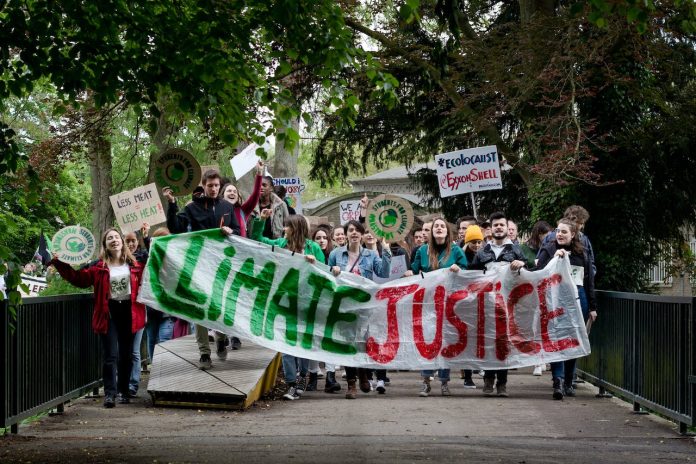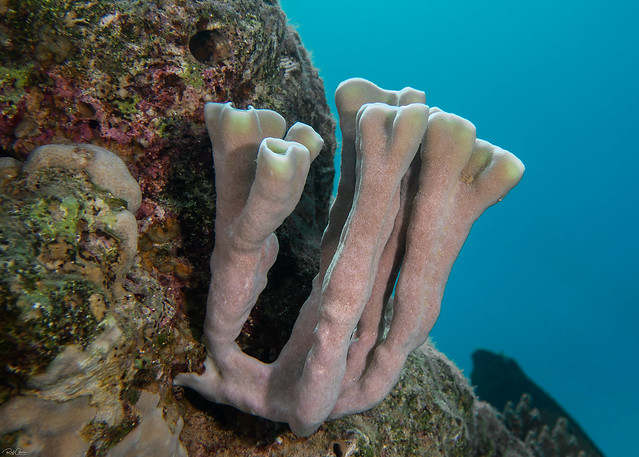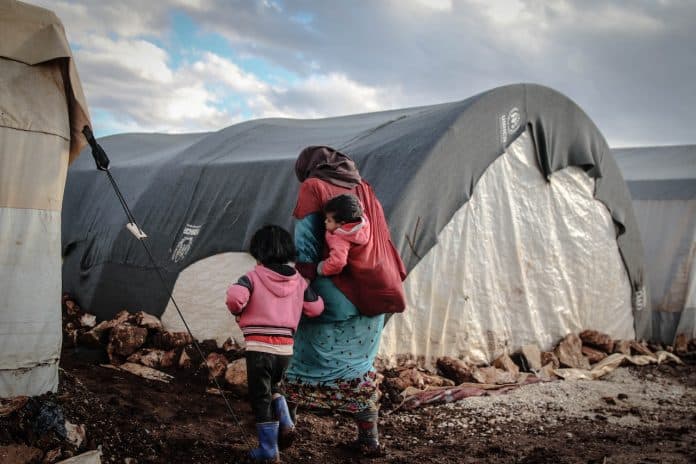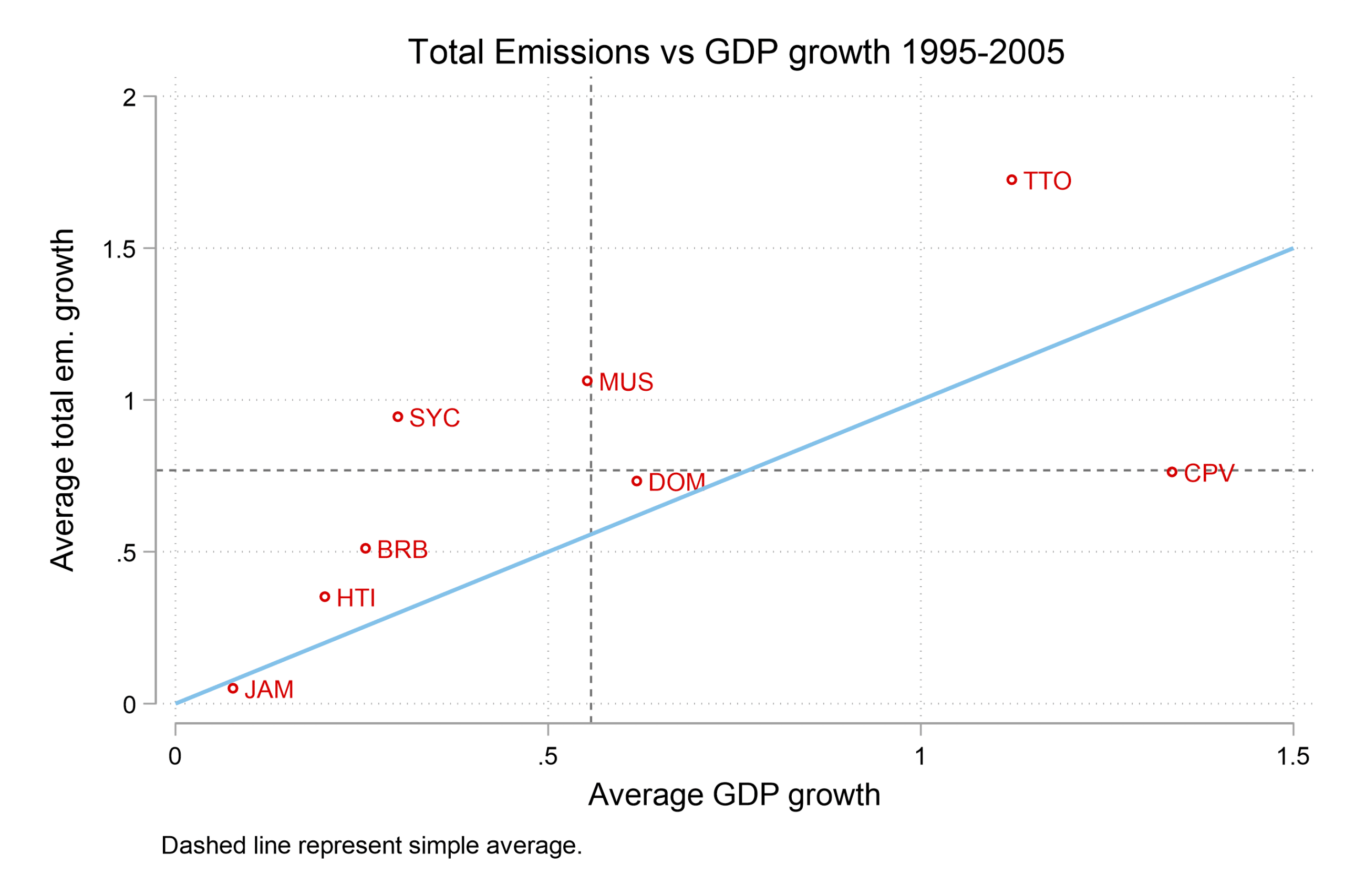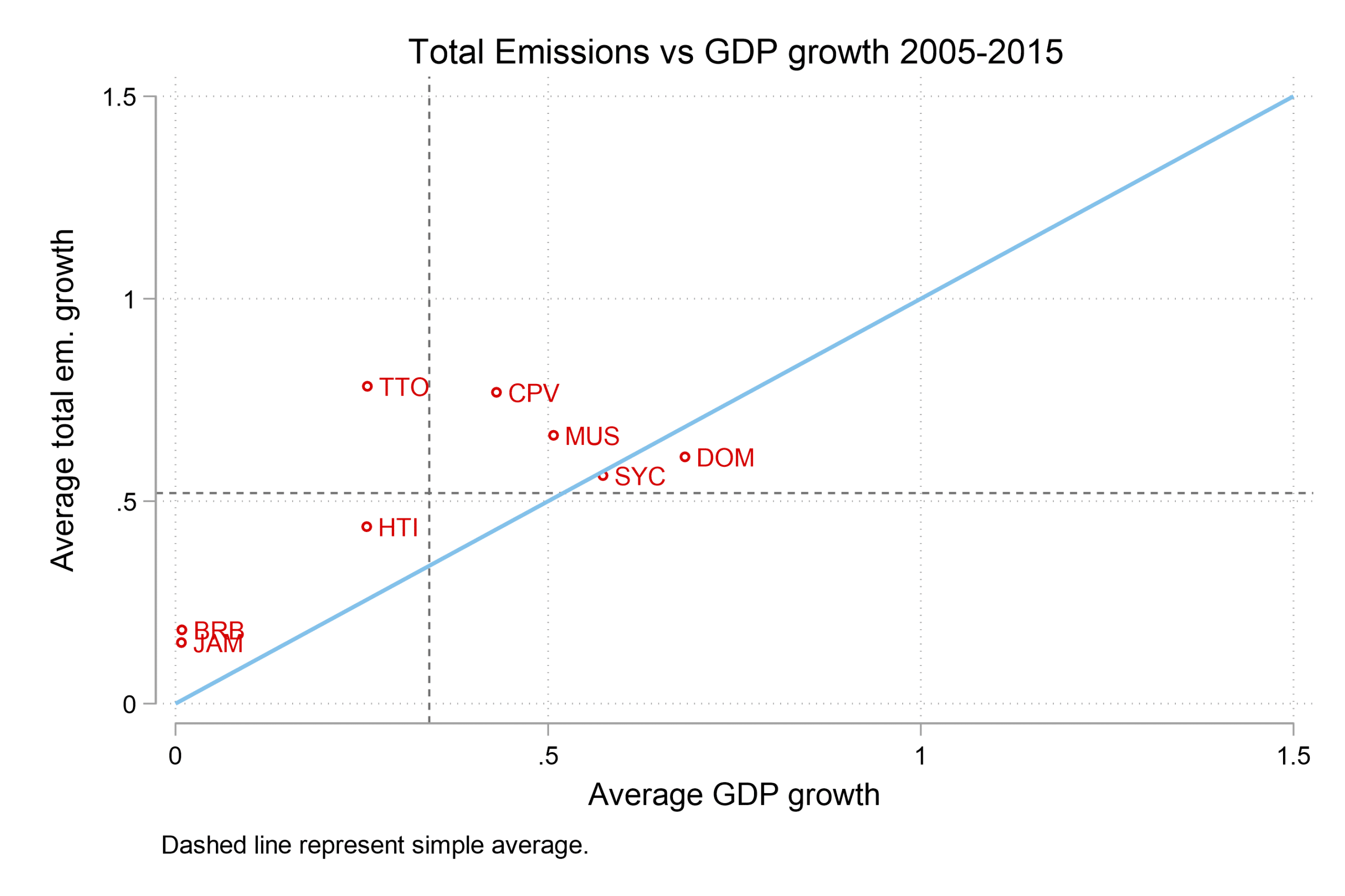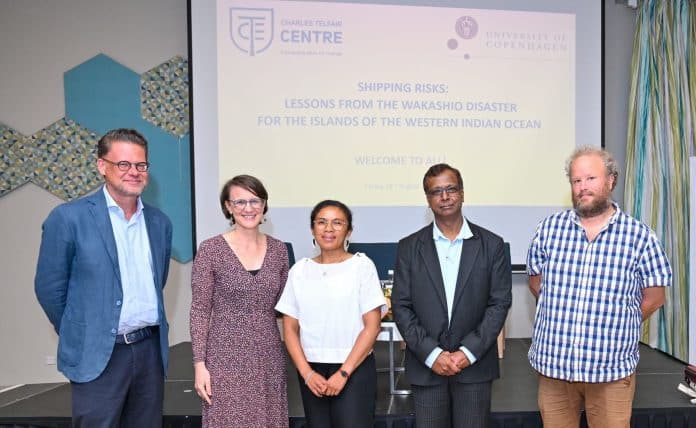Jeevesh Augnoo, Head of the Law Department and Senior Lecturer at Rushmore Business School, Mauritius
Polar bears have been the poster child for climate change and its impact, inviting people to learn more about global warming. Climate change has been subject to more discussions and debates than actions over the past three decades, hence, remaining one of the key global challenges for the next decade. Its effects, showcased by the iconic polar bear picture, are “irreversible” and is one of the greatest threats to human rights of this and future generations. Consequently, “climate justice” rightly emerged as a concept, focused on how climate change does not impact all of us equally, evolving into a “civil rights movement with the people and communities most vulnerable to climate impacts at its heart”. The term “Climate Justice movement’’ has been originally linked to a report by the the NGO CorpWatch, published in 1999, and provided an overarching concept which drew from various other concepts, including “reducing emissions to accountability.” Today, more contemporary definitions include a strong notion of human rights and inequalities.
Climate Justice as a concept
Climate Justice has been researched and described lengthily and widely over the years. The Center for Climate Justice at the University of California emphasizes on the six pillars of Climate Justice, namely (i) A just transition; (ii) Social, Racial and Environmental justice; (iii) Indigenous Climate Action; (iv) Community Resilience and Adaptation; (v) Natural Climate Solutions and (vi) Climate Education and Engagement. The Mary Robinson Foundation Climate Justice discusses climate justice as a moral argument focused on people and communities and actions to combat climate change, articulated around the principles of Climate Justice: (i) Respect and Protect Human Rights; (ii) Support the right to development; (iii) Share benefits and burdens equitably; (iv) Ensure that decisions on climate change are participatory, transparent and accountable; (vi) Highlight Gender Equality and Equity; (vii) Harness the transformative power of Education for climate stewardship and (viii) Use Effective partnerships to secure Climate Justice. These are a brief snapshot in terms of what climate justice entails, and it can be inferred that Climate Justice is very human rights centric.
Climate Justice can be classified into some broad categories, with climate change litigation taking a more central role in climate change discussion as a tool. Some approaches have been categorised under distributive justice, tackling the Just Target and Just Burden questions as well as environmental justice, which looks at inequalities and people of colour, from a broader perspective. Another approach has been under administrative justice, with increasing legislation being passed in major countries around climate change and challenges under Judicial Review. Climate Justice can also be considered from a restorative lens, which is articulated around “acknowledging, building and restoring relationships” and championed by the organisation Earth in Common. There are other aspects of climate justice, such as normative climate justice under the community of practice approach, which can be adopted contextually, from a human-rights focus to economic aspects, constantly evolving as actions require, including its complexities.
The Climate Justice movement
The International Institute of Climate Action and Theory provide an extensive insight into the inception of the Climate Justice movement, describing it as a “movement of movements’’ with organisations and individuals acting together through networks to achieve a “scientifically sound and socially just response’’ to climate change and its impact. This is explored further by Tokar (2013), who discusses the build-up of movements in the United States and Europe until the Klimaforum in Copenhagen in 2009. Interest in this movement has led to the creation of organisations around the world focused on bringing something more to the table and supporting existing initiatives. Commentators have also raised concerns about the importance and relevance of such a movement, refusing to recognise it as such and highlighting its negative impact.
The contribution of civil society
As explored earlier, efforts for climate justice have been initiated and spearheaded by numerous organisations from civil society all around the world. The role of civil society increased over the years in the climate justice movement, especially following the COP21 Paris Agreement in 2015, considered to be the first environmental document incorporating climate justice extensively as well as human rights.
The World Bank described Civil Society as “a wide array of organizations: community groups, non-governmental organizations [NGOs], labour unions, indigenous groups, charitable organizations, faith-based organizations, professional associations, and foundations”. It is also known as the Third Sector, and can sometimes be one of the contributing factors to changes in policy and business approaches.
Social movements have contributed to reducing global carbon emissions, making “significant contributions to the promotion of environmental sustainability and social justice regarding natural resource use and management”. Dr Reid of the International Institute for Environment and Development highlighted the important contribution of civil society, mainly in poor countries and explained how they can be influential. Further findings in the same sense can be found in the organisation’s 2012 report. Alliances are being made by different actors of civil society, such as faith groups like the Lutheran World Federation. Climate Alliance Germany supports the work of more than 113 member organisations including Friends of the Earth, providing valuable coordination to bring together the experience and expertise of international organisations for sustainable and focused action to tackle challenges they face. The efforts of civil society organisations around the world were also recognised and discussed in a report by Le Monde Diplomatique Brazil, focusing on (missed) outcomes from COP26. Recently, more insight was provided on the role of civil society and their ability to influence climate change policy making in India (an established democracy in the Global South), Indonesia (a new emerging developing economy) and Finland (an established democracy in the Global North with a strong established civil society). Research describes how civil organisations are appreciated and have used their connections and contact points in government as leverage to influence some decisions.
There were multiple persistent challenges such as intimidation, difficulties in getting a seat at the table of negotiations and discussions to voice out, obstacles to encourage dialogue and cooperation at COP27. Organisations from civil society have also been relentlessly knocking on the door of courts as a means of bringing impetus to the climate justice movement.
Mauritius
Mauritius is listed as one of the countries most at risk from the impact of climate change and its impacts, and measures have been taken to counteract these effects at some level. As a Small Island State (SIS), the effects of climate change can be felt already on the beaches of Mauritius and their access. Action by civil cociety organisations has been growing, with Alumni of the Young African Leadership Initiative (YALI) and members of Association Pour Le Developpement Durable (ADD) recently collaborating for a mangrove plantation as a means of combating climate change impact, building on past contribution by other organisations such as Fridays for Future. The UNDP has also been collaborating with local civil society to focus on inclusive and sustainable development. Sustained conversations and collaboration between civil society and authorities have culminated in the passing of legislation such the Climate Change Act 2020 and initiatives such as the Bank of Mauritius Climate Change Centre.
The contribution of civil society is increasing around the world and evolving in terms of climate justice with more international organisations such as Rotary International getting involved at different levels. This involvement is even more important as civil society assumes the roles of guardian, enabler catalyst & steward. Civil society is leading the way and filling the gap in terms of advocacy, education and action to ensure that decisions and proposals made at higher levels can be translated into impactful concrete solutions for visible and tangible results. It is recommended that civil society organisations seek to become more structured as entities as well as adopters of good governance practices. This will enhance their contribution with public and private sector collaborations as well as allow them to act as accountability partners for initiatives put forward in the context of climate change. This can also assist in increasing adherence to such organisations as well as reliability of their actions, amplifying the momentum already created in the climate justice movement.
Main photo by Vincent M.A. Janssen on Pexels.
Charles Telfair Centre is an independent nonpartisan not for profit organisation and does not take specific positions. All views, positions, and conclusions expressed in our publications are solely those of the author(s).


